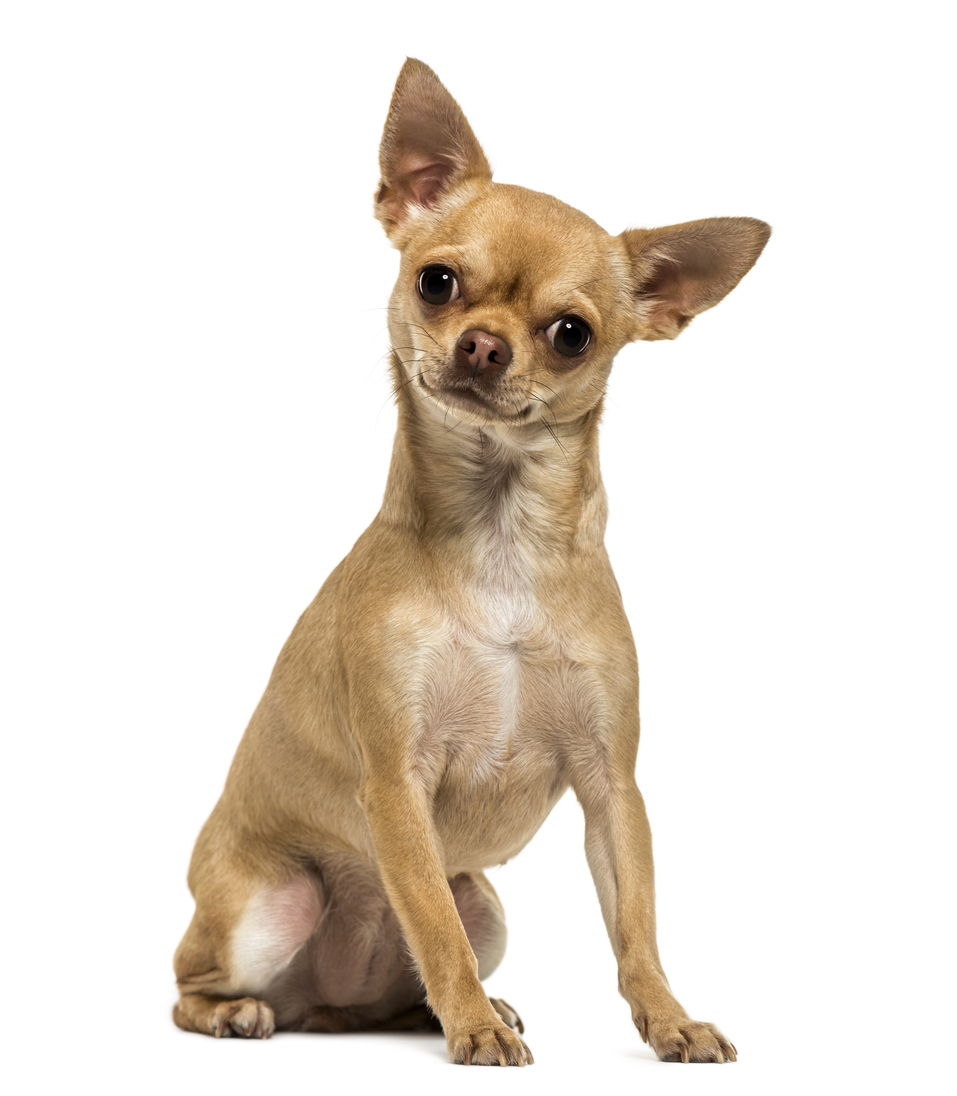Patellar Luxation – Croney Research Group
What is Canine Patellar Luxation?

What causes Canine Patellar Luxation?
What are Signs of Canine Patellar Luxation?
How is Patellar Luxation Diagnosed?

Patellar luxation can be diagnosed by any veterinarian. Dogs should be at least 12 months of age for a definitive diagnosis. Radiographs (x-rays) are not required. During a physical exam, your veterinarian will assign a grade of I (less severe) to IV (more severe), describing the level of movement/displacement of the kneecap.
OFA (Orthopedic Foundation for Animals): Dogs can be given a definitive assessment if they are at least 12 months of age. We strongly encourage all breeders to register their results with OFA.
Is there treatment for Patellar Luxation?
How can I help the dogs in my breeding program?
Patellar luxation is not considered preventable. Keep your dogs at a healthy weight and body condition to prevent the development of arthritis.
Screen your breeding dogs for patellar luxation, especially breeds at higher risk. Your veterinarian can help you make breeding decisions based on your dog’s test results. The goal is to reduce the risk of passing on this condition to puppies and your future breeding dogs.
Talk to your veterinarian at the first signs of lameness or limping. Surgery is most successful when performed before arthritis develops.

Breeds most commonly affected by patellar luxation
|
|
Information about OFA screening: ofa.org/diseases/patellar-luxation/
Canine Patellar Luxation statistics by breed (OFA): ofa.org/chic-programs/browse-by-breed/
Topic(s): Bare Bones Basics, Breeder Resource, Health, Reproductive Healthcare, Veterinary Care